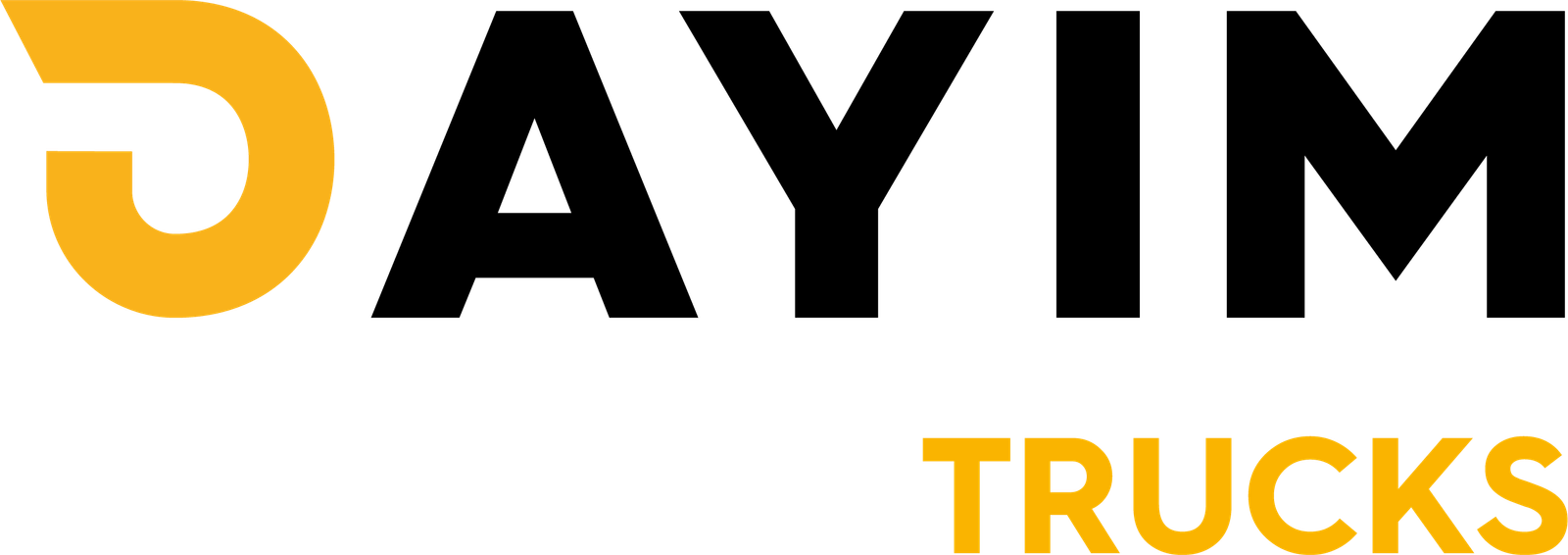In 2025, content is no longer just a vehicle for keywords, it’s the foundation of digital marketing success. Whether you’re writing blog posts, designing landing pages, or creating product descriptions, your content must be intentional, valuable, and optimized for both search engines and users.
This digital marketing content optimization guide will walk you through what content optimization really means today, why it’s crucial, and how you can improve every piece of content you publish for maximum visibility and conversion.
What Is Content Optimization in Digital Marketing?
Content optimization is the process of improving content performance by ensuring it reaches the right audience, ranks well in search engines, and achieves your business goals. This includes enhancing:
- Relevance (for search intent)
- Structure (for readability and SEO)
- Visual elements (for engagement)
- Internal linking (for authority flow)
- Performance (for conversions and ROI)
In other words, optimization isn’t just technical, it’s strategic. As explained in our pillar guide on digital marketing strategy, a strong strategy needs content that aligns with business objectives.
Why Content Optimization Matters in 2025
Search engines like Google continue to prioritize content that’s helpful, well-structured, and user-focused. Meanwhile, users are increasingly overwhelmed by low-value content.
Optimized content:
- Ranks higher in search results
- Increases time on page
- Improves lead quality and conversions
- Boosts brand trust and credibility
Optimization is also crucial to stay competitive in a digital-first world where attention is the currency and great content is how you earn it.
Core Pillars of Content Optimization
Let’s break down the key areas every digital marketer should focus on:
1. Understand and Match Search Intent
Before optimizing any page, ask: What is the user looking for?
Understanding what marketing truly means in today’s context helps define this. There are generally four types of search intent:
- Informational (e.g., “how does content marketing work?”)
- Navigational (e.g., “dtroffle blog”)
- Transactional (e.g., “buy SEO services”)
- Commercial Investigation (e.g., “best digital marketing agency in Jaipur”)
Your content should match the intent with the right format guide, listicle, comparison, video, or FAQ.
2. Optimize On-Page SEO Elements
Every content piece should be fine-tuned for discoverability. That means:
- Keyword placement in titles, meta descriptions, headers, and image alt text
- Readable formatting (use bullet points, short paragraphs, subheadings)
- Schema markup for rich results (learn about structured data here)
3. Strengthen Internal Linking
Internal links signal relevance and help spread authority across your website. For example:
- Link to your Digital Marketing Services page from relevant blog content
- Link to your own insights on ethical marketing practices or digital PR where relevant
This improves crawlability, reduces bounce rates, and keeps users engaged longer.
4. Use Engaging Media and UX Enhancements
Content isn’t just words anymore. High-performing pages include:
- Relevant images and infographics
- Videos
- Interactive elements like calculators or quizzes
- Strong CTAs that drive action
When discussing ads, for example, pair insights with visuals or comparisons like this one between Google Ads and Meta Ads.
5. Regularly Update and Prune Old Content
Old content can drag down your site’s overall SEO health. Use a content audit process to:
- Identify outdated pages
- Refresh stats and trends
- Remove low-value posts or consolidate related topics
This strategy, often referred to as content pruning, is a critical maintenance tactic for keeping your digital footprint lean and effective.
Advanced Content Optimization Trends in 2025
To truly stay ahead in the digital landscape, your content optimization strategy must adapt to how search and discovery are evolving. Here are three cutting-edge areas you cannot afford to overlook:
1. Optimize for Google’s SGE (Search Generative Experience)
Google’s Search Generative Experience (SGE) introduces AI-generated summaries directly into the search results, changing how users interact with SERPs.
To get featured in SGE:
- Use clear, factual, well-structured answers in your content
- Optimize FAQ sections and highlight stat-based insights
- Include authoritativeness signals (internal linking, expert tone, and clarity)
Being featured in SGE doesn’t just bring visibility, it positions your brand as the go-to answer source. Learn how a strong digital marketing strategy underpins this kind of high-impact visibility.
2. AIO: AI-Generated Content Optimization
AI tools like ChatGPT, Jasper, and Gemini are widely used to generate blog drafts and outlines. But AI-written content must be optimized for originality, depth, and human experience.
To optimize AI-generated content (AIO):
- Add original insights, case studies, or examples from your work
- Edit for tone, flow, and brand voice
- Check for topical completeness and semantic richness
Your goal is to enhance what AI starts, not publish it raw. Pair AI speed with human strategy for content that ranks and resonates.
3. Voice Search Optimization
With the rise of smart speakers and mobile voice assistants, optimizing for voice search is more important than ever.
To optimize for voice:
- Use conversational language and question-based headers
- Focus on featured snippets and long-tail queries
- Include location-based terms for local SEO impact
For example, a voice query like “Which is the best digital marketing agency in Jaipur?” could lead users to this blog on top agencies in Jaipur, provided it’s optimized accordingly.
Pro Tips for Content Optimization
- Use heatmaps and analytics to identify content drop-off points
- Create pillar-cluster structures to support authority (just like this article supports our main digital marketing strategy pillar)
- Repurpose content into multiple formats for better ROI
- Monitor performance KPIs: bounce rate, conversion rate, CTR, scroll depth
Conclusion
In 2025, content optimization is more comprehensive and AI-influenced than ever before. From classic on-page SEO to emerging formats like SGE and voice search, staying current is non-negotiable.
Build smarter content, structure it for humans and search engines, and adapt it for the platforms people are actually using. To make this all work under one roof, consider leveraging professional digital marketing services that stay ahead of the curve, so your brand does too.
Frequently Asked Questions:
Q. What is digital content optimization?
Answer:
Digital content optimization is the process of improving content performance by aligning it with SEO best practices, user intent, and search engine algorithms. It involves refining content structure, keywords, readability, metadata, and media to enhance visibility and engagement.
Q. What is AIO (AI-generated content optimization)?
Answer:
AIO stands for AI-generated content optimization. It refers to refining content created by AI tools to ensure it is accurate, contextually relevant, humanized, and SEO-friendly. This includes editing for tone, verifying facts, and adding unique insights or brand voice.
Q. How do I optimize content for Google’s SGE (Search Generative Experience)?
Answer:
To optimize for Google’s SGE, create clear, concise, and factual content that directly answers questions. Use structured data, organize information with subheadings, and include authoritative internal/external links to improve your content’s chances of being surfaced in AI-generated summaries.
Q. Why is voice search optimization important in 2025?
Answer:
Voice search is growing due to smart assistants and mobile usage. Optimizing content for voice helps capture traffic from conversational queries by using natural language, question-based headings, and providing short, direct answers ideal for featured snippets and voice devices.
Q. What tools can help with digital content optimization?
Answer:
Popular tools for content optimization include Semrush, SurferSEO, Clearscope, MarketMuse, Grammarly, and Google Search Console. These tools assist with keyword strategy, readability, structure, and performance tracking.





